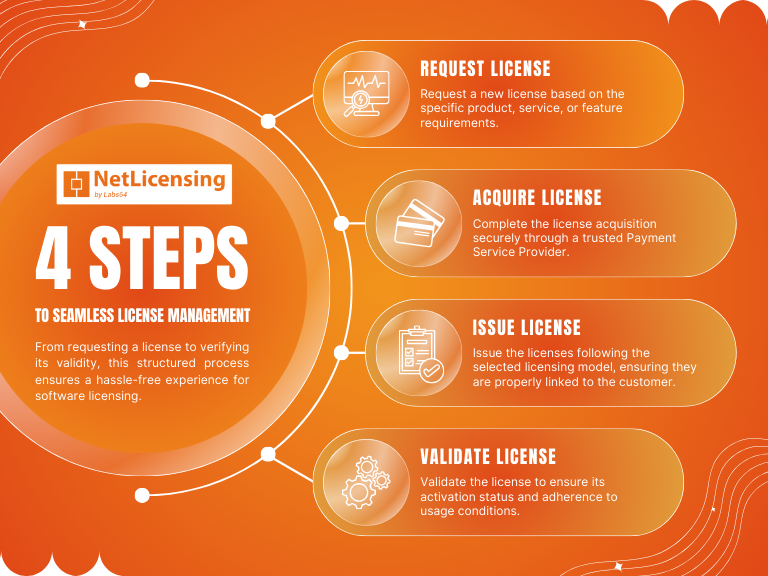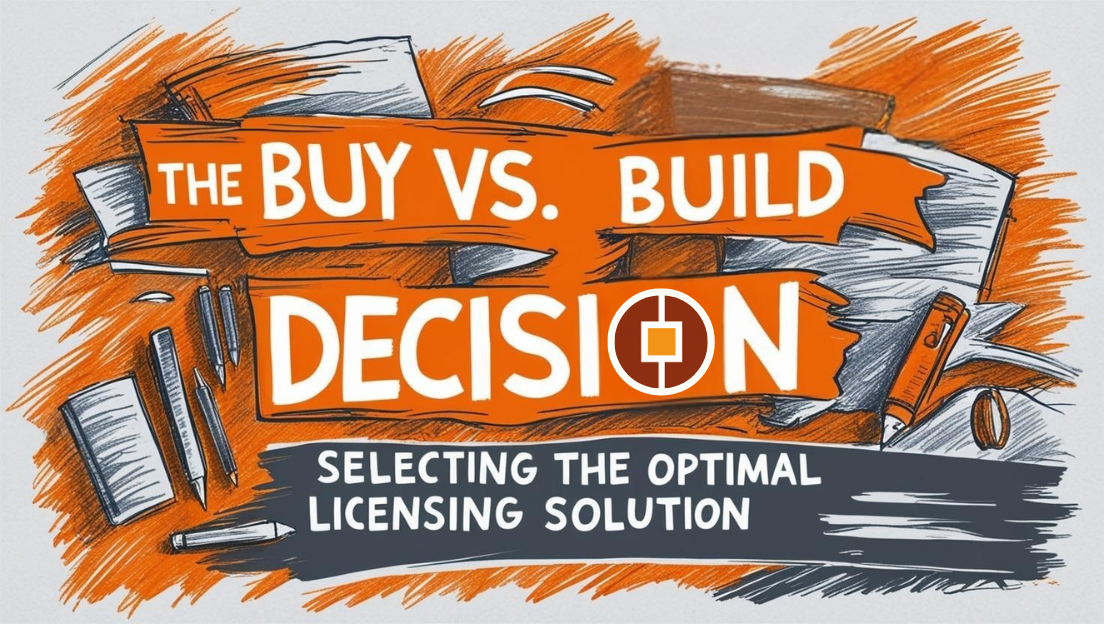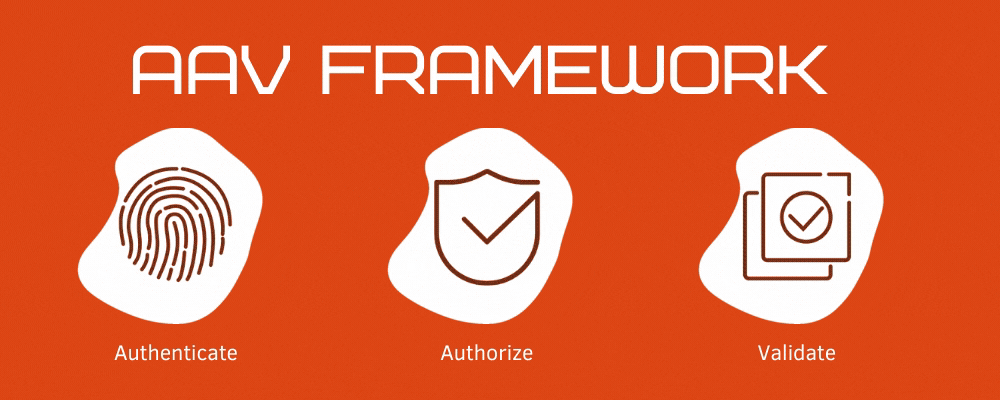Software Licensing Metrics – Concurrent User

In our last article on software licensing metrics we discussed ‘Named User’ as a unit of measurement. In this article we will be looking at ‘Concurrent Users’ which is easily confused with Named User as they both rely on measuring the usage level according to the number of users. The crucial difference, which we will elaborate on more in a moment, is that where the Named User uses either the number of logins, Users with access or the actual CPU usage by each user – Concurrent users relies on the number of simultaneous uses. A seemingly minor, but still important distinction.
If we put it in its most straightforward of terms – a Concurrent User Metric measures the number of simultaneous instances of software or simultaneous users using software. It is here that we must try and remember the differences between this and the Named User metric. If the software costs you more to maintain – i.e. if it is operated on a remote server for which you are responsible; then it would seem logical that you want to charge your customers more when the cost to you is increased.
However, it does also benefit your customers as it means that they will only pay more when their usage goes up, when it drops so will the cost to them. As with a number of other license types and metrics the cost directly reflects the usage which the software undergoes.
It is also possible to use this metric to charge for the number of concurrent installations or instances of the software. In a previous article we discussed the use of Instance/ Installation as a metric in its own right, just to re-cap, the Instance metric measures the number of total installations of the software. Charging for each one individually. The difference between this and the Concurrent Instance metric is this; with the concurrent instance metric the customer is only charged for the number of existing activated copies of the software that they are running.
What this means for you as a vendor is that you will likely be unable to charge as much for each instance as you can with the ‘Total Instance’ metric but you will be able to bill your customers on a more regular basis, meaning that you have a consistent flow of income. This can also benefit your customers as they will be able to spread the cost of the license over a longer period of time and therefore not be subject to any nasty bills after a particularly significant number of new installations.
This is of course, not to dismiss the Instance/Installation metric. If your customer is only going to be operating a small number of instances of the software and only increasing slowly or in easily managed amounts – for long term use – then it may be preferable to them to take a license agreement operating per individual installation.
Image Credits: © Siyan Ren - unsplash.com





